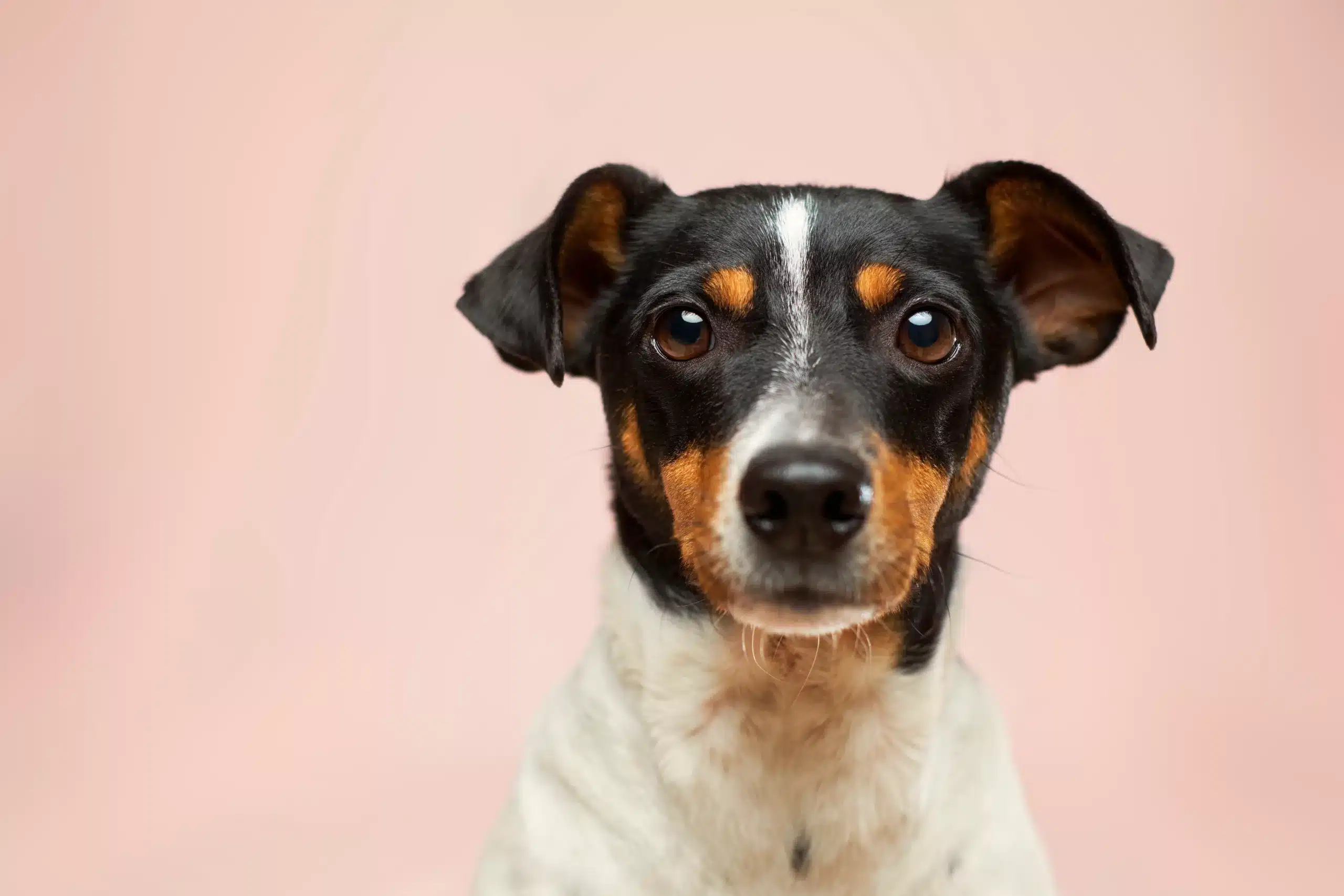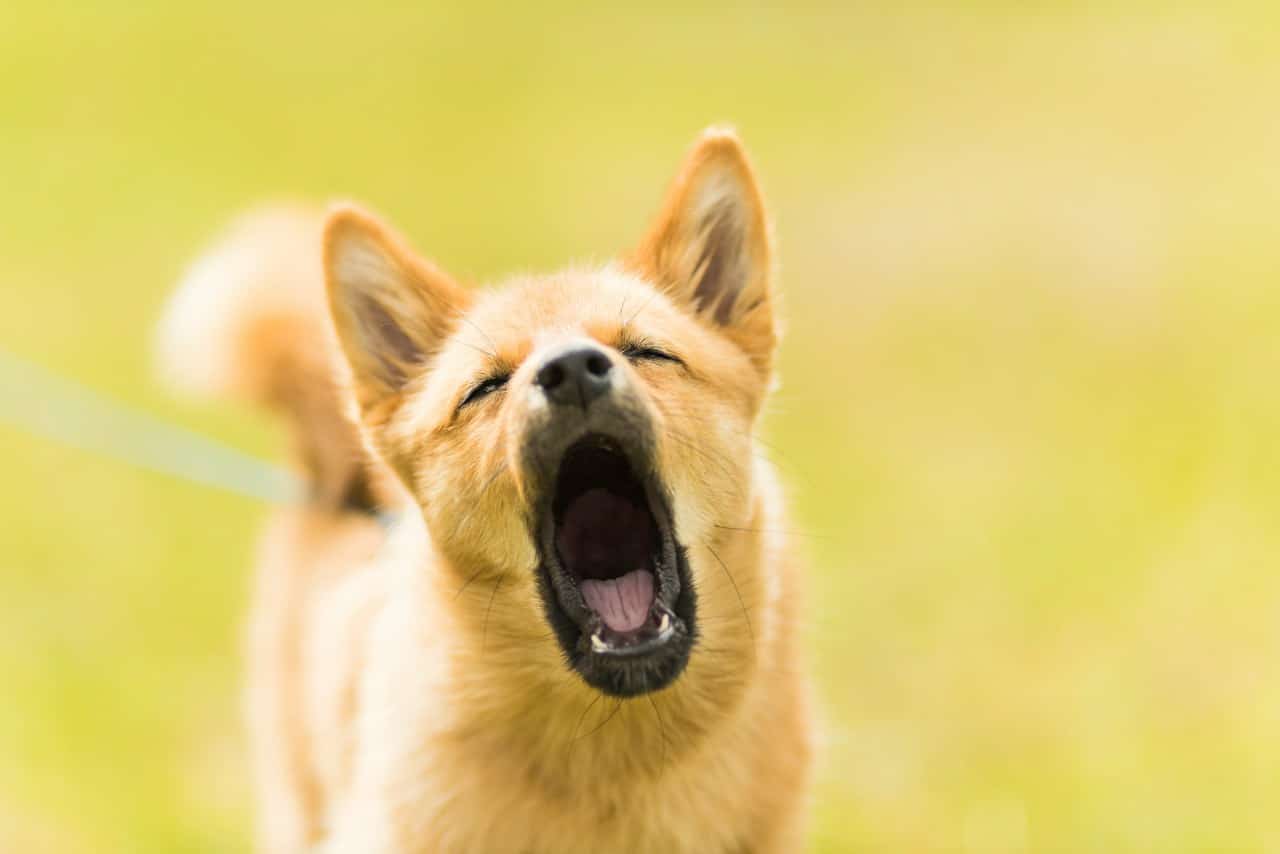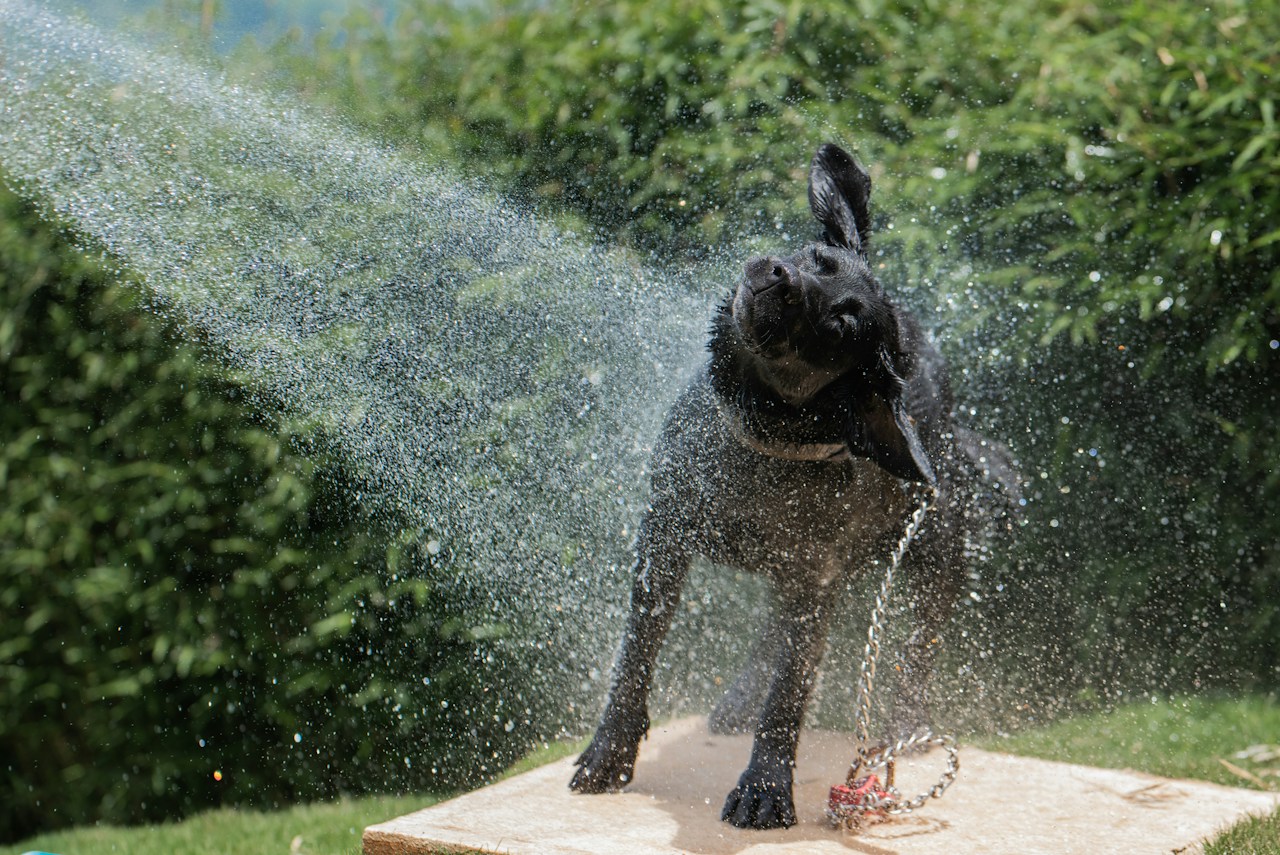One of the first questions that come to mind when having a dog is: How much food should my dog eat? It is a very obvious question with an answer that is not so obvious since it depends on many different factors.
If you spend a few minutes with us, you will learn how to calculate the amount of food for your dog in the best possible way and in a personalized way.
How much food should my dog eat?
The answer will vary depending on the diet the animal receives. If it is a commercial product, whether it is dry, wet, dehydrated, or whatever, by law, the dosage must be registered on the product.
However, this dosage guideline is for animals in maintenance or growth in case it is a valid product for this vital phase. It does not contemplate states such as pregnancy or lactation (unless the product is specific for this use). Likewise, within the maintenance itself, there is a lot of individual variety, we will see why this happens shortly.
In the case of a non-commercial diet of unknown composition, it will depend on what we are feeding the animal and under what conditions.
How many times a day should I feed him?
This question will depend on several factors for both the animal and the owners. On the one hand, the physiological state of the dog (growth, adult, old age, lactation, or pregnancy), and on the other the comfort of the owners. The idea is to arrive at an option that provides greater well-being for both owners and dogs and that does not neglect the minimum requirements that these require.
On the part of dogs, their requirements according to the physiological phase are :
- Maintenance: The amount of food indicated on the container for the weight of the animal is divided into 2 or 3 doses, depending on the behavior of the dog. If he eats with great anxiety with two feeds, it may be that he is starving and you have to increase the frequency. Nothing happens if they eat more than 3 servings a day as long as the amount is measured.
- Old age: At this stage of life, animals tend to be less active, so their energy expenditure and needs are reduced. This usually manifests itself with the fact that by maintaining the same feeding frequency, they gain weight. In case you see this, the simplest thing is to reduce the amount of food by 10%.
- Puppies: Once weaned, their energy needs are very high since they are very active and have many tissues to generate and also their stomach will be very small. Therefore, 3 or 4 feedings should be given a day and adjusted according to the age of the puppy.
- Gestation: The needs increase progressively being very high at the end of this. The safest option is to administer a specific food for this stage. It is also preferable to go to 3 or 4 daily intakes since the needs are greater and due to the compression exerted by the fetuses, the stomach is smaller.
- Lactation: The needs are very great and due to the care of the young, the time to eat is very small and does not necessarily have to adapt to the feeding schedule that we have established. For this reason, it is the only case in which free or ad-libitum feeding is recommended.
Obviously these shots must be distributed as evenly as possible throughout the day. The amount is highly recommended that it is always the same and that it is not given in times of great stress for the animals.
Physical exercise and diet
This is another very important factor when it comes to regulating food since the more energy is consumed, the more energy is expended and when exercising, the amount of muscle mass is increased, which also increases energy expenditure.
Ideally, exercise and eating should be as homogeneous as possible throughout the week. However, it is very normal that this does not happen since on weekends we have more time to lower our pet, and it spends more time on the street.
Faced with the possibility of increasing the amount of food these days, it is more advisable that it be an increase in the intake of every day to have greater control since weight variations are not immediate events but trends throughout the weather.
Food optional or free
In this, the feed is left all day and the bowl is filled once it is empty. This is a very widespread method because of how comfortable it is and in some cases the dog manages its diet well and does not get fat.
The normal thing is that it leads to the obesity of the animal because it eats more than it should and this is a very important health problem that does not have a quick solution. On the other hand, feeding the animal is not only about filling the container, but it also indicates the relationship that your dog has with his food: loss of appetite, pain when chewing, etc. With a free diet, these problems can go unnoticed.
Read
Another case is that of puppies that are left with food freely available. This option is also dangerous since it can cause a type of obesity called hyperplastic obesity in which the number of cells that contain fat is greater and it is very difficult to lose weight.
The only case in which this nutritional guideline would be indicated is in lactation and you should always return to feeding rationing when it is over.
Why is it not recommended to feed them only once a day?
There are many reasons why this practice is inadvisable. The dog will spend a significant part of the day hungry and will be faced with a very large meal. Due to his hunger, he will ingest it with anxiety, and his stomach will be full and possibly dilated beyond what is recommended. He will have an easier time-twisting (which is a surgical emergency) or he will just end up vomiting.
Due to this increased ingestion speed, the chewing of the food will also be compromised, making its digestion and absorption more difficult and worse. In addition, the dog will spend much of the day hungry, which on a behavioral level will be a problem.
What happens if my dog gets fat or loses weight?
There is no need to worry at all. The formulas for calculating the needs of dogs and cats apply relatively poorly to the individual animal but work very well in populations. So it is normal for a dog to gain weight or lose weight.
In this case, the product itself will inform us that the ratio must be lowered or raised by 10% compared to the recommended amount. Once this change has been made, we must wait a few weeks to assess whether there has been a change in the tendency to gain or lose weight.
Pathological situations
This category is very broad and the nutrition for each case is different. In general, a very characteristic symptom of a sick dog is that it does not want to eat. In this case, wet food becomes an interesting option because it is more palatable and has a higher digestibility.
On many occasions, there are transitory situations in which the animal will need more energy, but it will not have an appetite to ingest it. Therefore, it is recommended that you eat as much as possible, but without forcing yourself so as not to generate an aversion to food.


